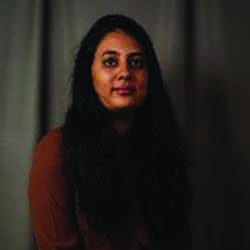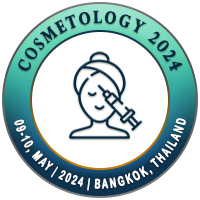
Ramya Shree
Rajiv Gandhi University of Health Sciences, IndiaTitle: Unraveling the canine using labial auxiliary spring and unilateral distalisation using infra zygomatic crestal implants
Abstract
Impacted canines are a matter of concern in the treatment of malocclusion. After the third molars, maxillary canines are considered the most commonly impacted teeth with a frequency of 0.27% among Japanese and 2.4% among Italians. Unilateral impactions are more prevalent than bilateral impactions. The impacted canine can be detected with palpation, and radiographic techniques such as IOPA (Tube shift technique), panoramic radiographs, occlusal radiographs, and CT. The mesiodistal position and angulation of the canine crown on a panoramic radiograph can possibly predict treatment success. Various treatment approaches are considered depending on the mesiodistal angulation and position of the impacted canine. An auxiliary spring in the buccal region of the impacted canine designed by Kornhauser Et al has advantages such as avoidance of usage of palatal arches, and additional lab work such as soldering thereby incurring at least an extra clinical visit. This case report showcases the treatment of a 13-year-old growing male patient with a palatally impacted right maxillary canine using a Labial auxiliary spring and correction of molar relation using an Infra Zygomatic Crestal Implant.
Biography
Ramya shree completed her Master's in Dental Surgery in Orthodontics from RGUHS, Bangalore, and is currently working as an Assistant Professor at Krishnadevaraya College of Dental Sciences, Bangalore, and a fellow of the World Federation of Orthodontists, USA. She has published over 8 articles in various national and international journals and was a gold medalist right from her Undergraduate days. She shares a keen interest in the field of aesthetics particularly orthodontics.

